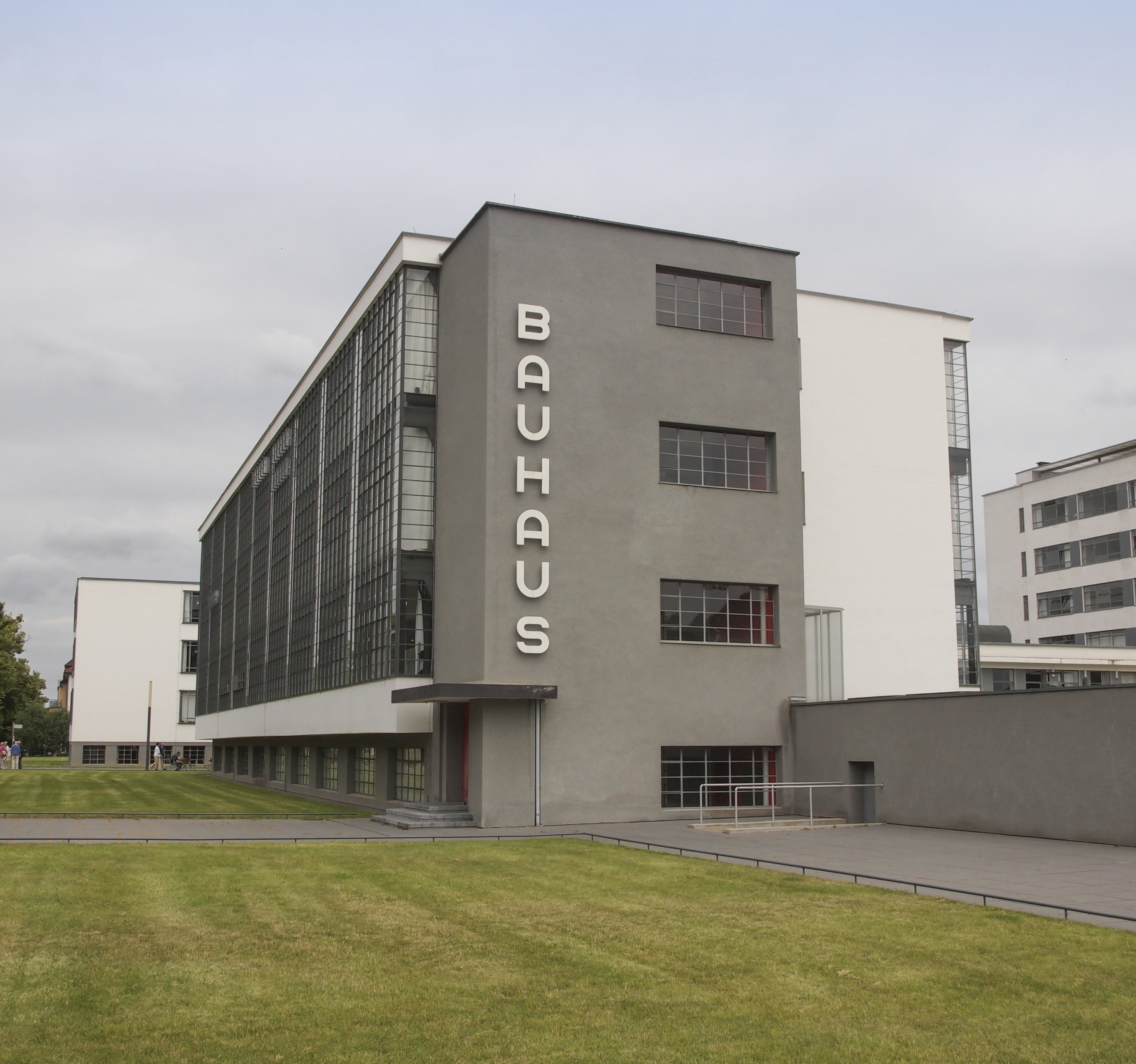Gropius, << GROH pee uhs >> Walter (1883-1969), was a German architect. He had great influence on modern architecture not only as an architect but also as an educator. Gropius is perhaps best known as the founder of the famous Bauhaus school of design in Germany.


Gropius was born on May 18,1883, in Berlin. From 1908 to 1910, he was the chief assistant to the German architect Peter Behrens. Gropius collaborated with Adolf Meyer in designing the factory for the Fagus Works (1913) in Alfeld and a model factory for a 1914 exhibition in Cologne. Both simple cubic structures were built largely of glass and steel, materials often symbolizing the qualities of modern industrial civilization.

In 1919, Gropius founded the Bauhaus in Weimar. He hired outstanding painters, sculptors, architects, and designers for the faculty. They included Wassily Kandinsky, Paul Klee, Laszlo Moholy-Nagy, and Oskar Schlemmer. Gropius designed the new buildings for the school when it moved to Dessau in 1925. These buildings were noted for their asymmetrical organization of cubic shapes and use of the transparent and reflective qualities of glass. In recalling the character of the factory, Gropius sought to give the efficiency and seriousness of industrial production to artistic practice. See Bauhaus.
In 1928, Gropius resigned as Bauhaus director and returned to private practice in Berlin. He fled to England in 1934 after the Nazis took power in Germany. He settled in the United States in 1937 and was chairman of the Department of Architecture at Harvard University from 1938 to 1952. Through this position, Gropius spread the theories of modern European architecture throughout the United States.
Gropius believed in designing buildings by collaborating with other architects and designers. In 1946, he and several of his former students formed The Architects Collaborative (TAC). As its first major project, the group designed the Graduate Center (1950) at Harvard. TAC also designed the United States Embassy (1961) in Athens; the Pan Am Building (1963), now the MetLife Building, in New York City; the Kennedy Federal Building (1966) in Boston; and the Rosenthal china factory (1967) in Selb, Germany. He died on July 5, 1969.
